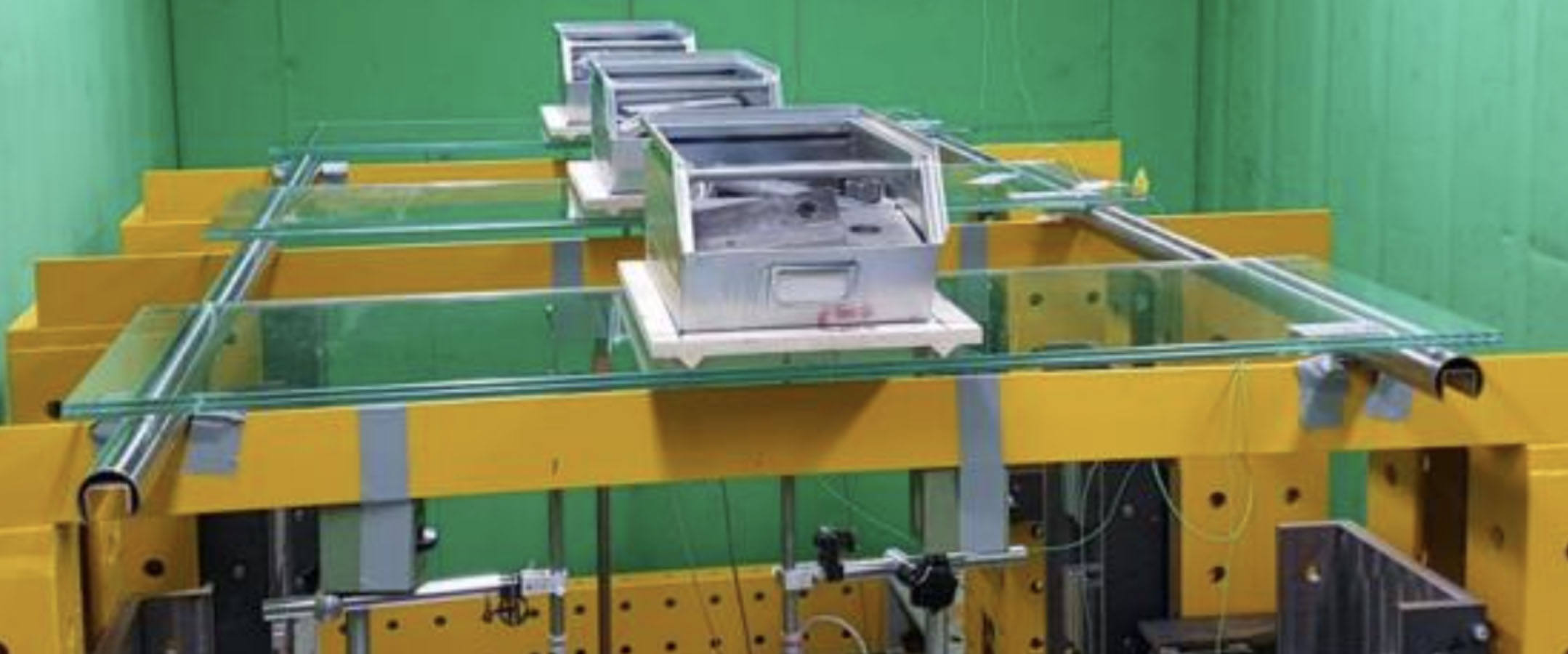Determination and Verification of PVB Interlayer Modulus Properties
DOI:
https://doi.org/10.7480/cgc.7.4440Downloads

Abstract
Interlayer modulus properties are important for the calculation of the load resistance of laminated glass configurations. The determination of interlayer properties can be made on the interlayer material directly, or indirectly through measurements on laminated glass test specimens. One challenge relates to the four-decade range of modulus values that interlayer materials go through with variations of temperatures and duration that are relevant to building elements. Furthermore, in determination of properties directly on the interlayer, e.g. by dynamic mechanical analysis, methodological choices and data treatment play an important role, apart from experimental and material variation. To some extent, this also holds true for modulus determination on laminated glass specimens, with the added challenge that the properties of a relatively soft material are derived from the response of a rigid assembly. In this contribution, three material models are provided for of all major PVB interlayer formulations (conventional, structural, acoustic trilayer), as determined by dynamic mechanical analysis and compared to modulus values obtained in four-point bending experiments. The validated material models can provide modulus data relevant for glass design for a wide range of load scenarios in a concise format.
Published
Issue
Section
Laminated Glass & Interlayer Properties
Keywords:
Laminated Glass, Interlayer, Material Model, PVBLicense
Copyright (c) 2020 Wim Stevels, Pol D'Haene

This work is licensed under a Creative Commons Attribution 4.0 International License.



